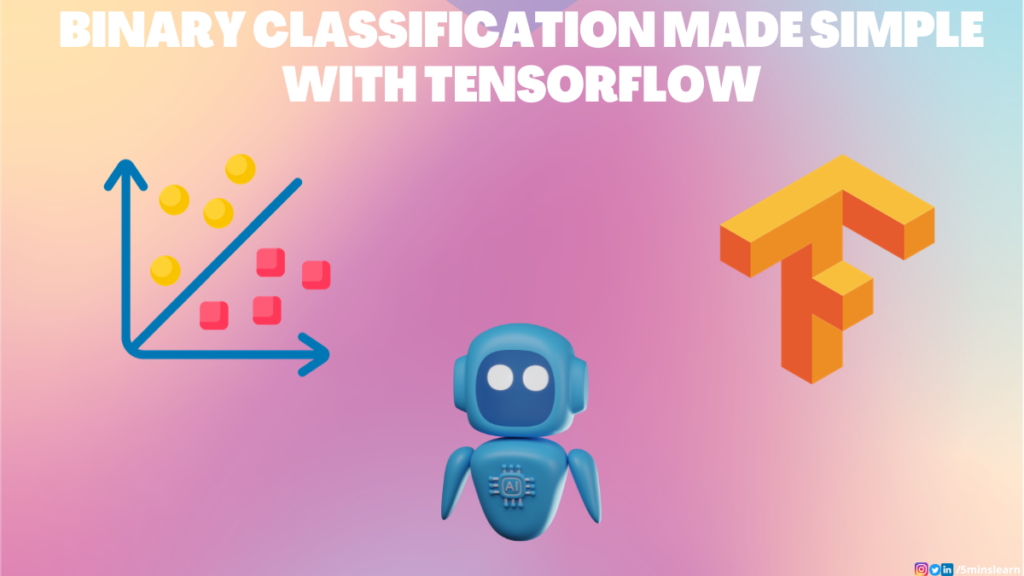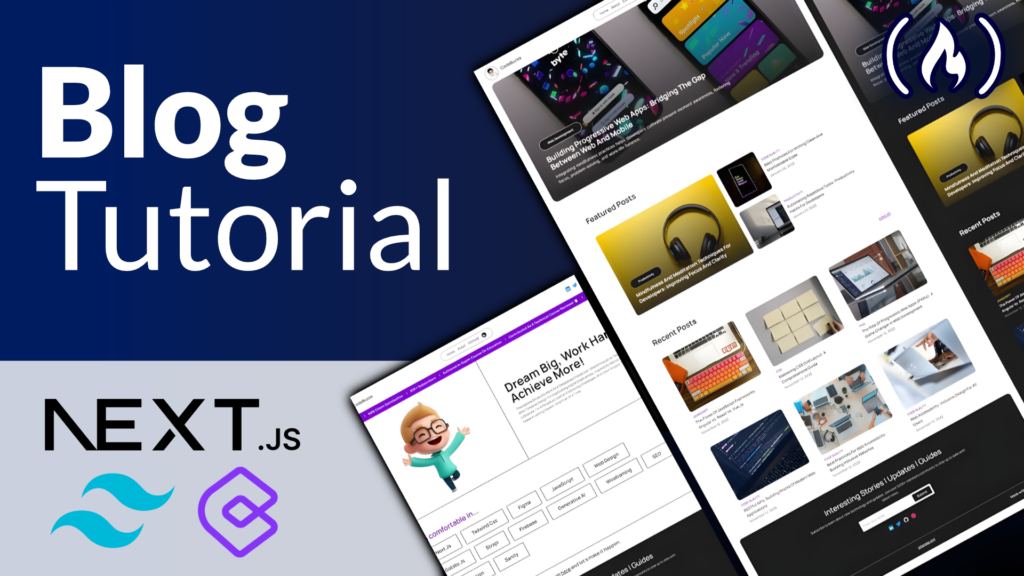The article “Build and Deploy an AI SaaS with Paid Subscriptions” explores the process and steps involved in creating and launching an AI software-as-a-service (SaaS) platform with a paid subscription model. The author, Beau Carnes, provides a comprehensive guide that covers the essential components of building an AI SaaS, including choosing the right technologies, designing the user interface, implementing the payment system, and deploying the application. This informative article is a valuable resource for developers and entrepreneurs interested in leveraging artificial intelligence to create and monetize their own software solutions.
Requirements
When developing an AI SaaS (Software as a Service) product, there are several requirements that need to be met. These requirements include Python programming knowledge, understanding of AI concepts, knowledge of SaaS development, payment gateway integration, and the use of a reliable web hosting service.

Python programming knowledge
To develop an AI SaaS product, a solid understanding of Python programming is crucial. Python is a popular programming language known for its simplicity and readability, making it a preferred choice for AI development. Developers should be familiar with the syntax, data types, control structures, and object-oriented programming concepts in Python.
Understanding of AI concepts
In order to build an effective AI model, it is important to have a strong understanding of AI concepts. This includes knowledge of machine learning algorithms, neural networks, deep learning, natural language processing, and computer vision. Having a comprehensive understanding of these concepts will allow developers to make informed decisions when designing and implementing the AI functionality of the SaaS product.
Knowledge of SaaS development
Building a SaaS product requires a deep understanding of SaaS development principles. Developers should be familiar with concepts such as multi-tenancy, scalability, security, and data privacy. Additionally, knowledge of web development frameworks, such as Django or Flask, is important for building the web application component of the AI SaaS product.
Payment gateway integration
To monetize the AI SaaS product, it is important to integrate a payment gateway. A payment gateway allows users to make payments for the subscription plans offered by the product. Developers should be familiar with popular payment gateway providers, such as Stripe or PayPal, and understand how to implement payment processing functionality in the web application.
Web hosting service
Choosing a reliable web hosting service is crucial for deploying and maintaining the AI SaaS product. Developers should consider factors such as scalability, uptime, security, and customer support when selecting a web hosting service. Additionally, knowledge of server configuration, domain management, and SSL (Secure Sockets Layer) certificate installation is important for successfully deploying the web application.
Step 1: Define the AI SaaS Product
Before beginning the development process, it is important to define the AI SaaS product. This involves identifying the target market, determining the AI functionality, deciding on the subscription plans, and designing the user interface.
Identify the target market
The first step in defining the AI SaaS product is to identify the target market. This involves conducting market research to determine the specific industry or demographic that the product will cater to. Understanding the needs and pain points of the target market will help guide the development process and ensure that the product meets the expectations of its intended users.
Determine the AI functionality
Once the target market has been identified, it is important to determine the AI functionality that the product will offer. This could include features such as natural language processing, predictive analytics, image recognition, or recommendation systems. The chosen AI functionality should align with the needs and goals of the target market.
Decide on the subscription plans
To monetize the AI SaaS product, it is important to decide on the subscription plans that will be offered to users. This could include options such as a free trial, a basic plan, a premium plan, or a tiered pricing structure. The chosen subscription plans should provide value to users while also generating revenue for the product.
Design the user interface
The user interface is a critical component of the AI SaaS product, as it directly impacts the user experience. The user interface should be intuitive, visually appealing, and responsive across different devices. It is important to consider factors such as usability, accessibility, and user feedback when designing the user interface.
Step 2: Set Up Development Environment
Before starting the development process, it is important to set up the development environment. This involves installing Python, choosing an Integrated Development Environment (IDE), setting up a virtual environment, and installing the required libraries and frameworks for AI development.
Install Python
The first step in setting up the development environment is to install Python. Python can be downloaded from the official Python website and the installation process is typically straightforward. It is recommended to use the latest stable version of Python to ensure compatibility with the required libraries and frameworks.

Choose an IDE
An Integrated Development Environment (IDE) is a software application that provides a comprehensive set of tools for writing, testing, and debugging code. There are several popular IDEs available for Python development, such as PyCharm, Visual Studio Code, and Jupyter Notebook. Developers should choose an IDE that suits their preferences and provides the necessary features for efficient development.
Set up a virtual environment
Setting up a virtual environment is important for isolating the development environment and managing dependencies. A virtual environment allows developers to install specific versions of libraries and frameworks without interfering with other projects. Tools such as virtualenv or Conda can be used to create and manage virtual environments.
Install required libraries and frameworks
To build the AI model and develop the web application, it is important to install the required libraries and frameworks. This could include libraries such as NumPy, Pandas, TensorFlow, or PyTorch for machine learning and data processing, as well as web development frameworks such as Django or Flask. The specific libraries and frameworks required will depend on the AI functionality and web development requirements of the SaaS product.
Step 3: Build the AI Model
Once the development environment is set up, the next step is to build the AI model. This involves collecting and preprocessing data, training the AI model, evaluating and fine-tuning the model, and finally exporting the model for deployment.
Collect and preprocess data
Building an effective AI model requires a clean and well-prepared dataset. Data can be collected from various sources, such as public datasets, APIs, or user-generated data. It is important to preprocess the data by performing tasks such as cleaning, normalizing, feature engineering, and handling missing values. Preprocessing the data ensures that the AI model receives high-quality input for training.
Train the AI model
Training the AI model involves feeding the preprocessed data into the model and adjusting the model’s parameters to minimize the error between the predicted output and the actual output. This process typically involves splitting the dataset into training and validation sets, selecting an appropriate machine learning algorithm, initializing the model, and iteratively updating the model’s parameters using techniques such as gradient descent.

Evaluate and fine-tune the model
Once the AI model is trained, it is important to evaluate its performance and fine-tune it if necessary. This involves using evaluation metrics such as accuracy, precision, recall, or mean squared error to assess the model’s performance on unseen data. If the model does not meet the desired performance criteria, adjustments can be made, such as modifying the model architecture, adjusting hyperparameters, or increasing the size of the training dataset.
Export the model for deployment
After the AI model is built and fine-tuned, it needs to be exported in a format that can be deployed in a production environment. This could involve saving the trained model weights and architecture to a file, converting the model to a serialized format such as JSON or Protocol Buffers, or packaging the model as a Python package. The exported model can then be integrated into the web application for deployment.
Step 4: Develop User Management System
A user management system is an essential component of the AI SaaS product, as it allows users to register, log in, manage their subscriptions, and handle their data and preferences. Developing a user management system involves implementing user registration, creating a login and authentication system, managing user subscriptions, and handling user data and preferences.
Implement user registration
User registration is the process of allowing users to create accounts and provide their personal information. This typically involves collecting information such as the user’s name, email address, and password. The user registration process should include validation checks to ensure that the provided information is valid and unique.
Create login and authentication system
A login and authentication system allows registered users to securely log in to their accounts. This typically involves verifying the user’s credentials, such as their email address and password, and providing them with a session or token that can be used to authenticate subsequent requests. It is important to implement secure authentication measures, such as password hashing and two-factor authentication, to protect user accounts.
Manage user subscriptions
To monetize the AI SaaS product, it is important to have a system in place for managing user subscriptions. This could involve allowing users to choose and upgrade their subscription plans, handling recurring payments, providing invoices or receipts, and managing subscription cancellations. Integrating with a payment gateway is important for implementing these subscription management features.

Handle user data and preferences
Users may have preferences or settings that they would like to customize within the AI SaaS product. This could include preferences such as language, notification settings, or personalized recommendations. It is important to provide a user-friendly interface for users to manage their preferences and ensure that their data is stored securely and in compliance with data protection regulations.
Step 5: Integrate Payment Gateway
Integrating a payment gateway is crucial for monetizing the AI SaaS product and allowing users to make payments for their subscription plans. This involves choosing a payment gateway provider, setting up an account, implementing payment processing functionality, and handling subscription billing and notifications.
Choose a payment gateway provider
There are several payment gateway providers available, each with its own set of features, pricing structures, and integration options. Developers should research and choose a payment gateway provider that suits the needs of the AI SaaS product and provides a secure and reliable payment processing system.
Set up an account
Setting up an account with the chosen payment gateway provider is necessary to enable payment processing. This typically involves providing information such as the company name, business address, bank account details, and any other required documentation. The payment gateway provider will review and approve the account based on their verification processes.
Implement payment processing
Once the account is set up, developers need to implement payment processing functionality in the web application. This involves integrating with the payment gateway’s API or SDK, implementing features such as payment form validation, transaction handling, and error handling. It is important to ensure that the payment processing system is secure, reliable, and compliant with industry standards.
Handle subscription billing and notifications
For AI SaaS products with subscription-based pricing, it is important to handle recurring billing and notify users about upcoming payments or subscription renewals. This could involve implementing features such as automated billing, sending invoice notifications, providing a payment history, and handling subscription cancellations or downgrades. Integrating with the payment gateway’s subscription management features is important for implementing these billing and notification functionalities.
Step 6: Build the Web Application
Building the web application is a crucial step in developing the AI SaaS product. This involves designing the front-end user interface, implementing user interface components, integrating the AI functionality, and thoroughly testing and optimizing the application.

Design the front-end
Designing the front-end of the web application involves creating layouts, selecting color schemes, and designing a visually appealing and intuitive user interface. It is important to consider factors such as usability, accessibility, and responsiveness, ensuring that the web application can be accessed and used across different devices and screen sizes.
Implement user interface components
Once the front-end design is finalized, developers need to implement the user interface components. This involves writing HTML, CSS, and JavaScript code to create the different screens and elements of the web application. Web development frameworks such as Django or Flask can be used to facilitate the implementation of user interface components.
Integrate AI functionality
The AI functionality developed in Step 3 needs to be integrated into the web application. This involves connecting the front-end user interface with the AI model, handling user inputs and interactions, and displaying the AI-generated outputs. It is important to ensure that the integration is seamless and that the AI functionality enhances the user experience of the web application.
Test and optimize the application
Thorough testing is crucial to ensure the reliability and functionality of the web application. This involves conducting unit tests, integration tests, and end-to-end tests to identify and fix any bugs or issues. Additionally, performance optimization techniques, such as code profiling, caching, and database optimization, should be applied to ensure the web application performs efficiently and can handle a large user base.
Step 7: Deploy the AI SaaS
Once the web application is built and thoroughly tested, it is time to deploy the AI SaaS product. This involves choosing a reliable web hosting service, setting up a server, configuring the domain and SSL, and uploading and configuring the application for production use.
Choose a web hosting service
Choosing a reliable web hosting service is crucial for deploying the AI SaaS product. Factors such as scalability, uptime, security, and customer support should be considered when selecting a web hosting service. It is important to choose a hosting service that meets the specific requirements and expected traffic of the AI SaaS product.
Set up a server
Setting up a server involves configuring the server environment to support the web application. This typically involves installing the necessary software dependencies, such as the web server software (e.g., Nginx or Apache), database server software (e.g., MySQL or PostgreSQL), and any other required components. Server security measures, such as firewalls and intrusion detection systems, should also be implemented.
Configure domain and SSL
Configuring the domain and SSL (Secure Sockets Layer) is important for securing the web application and allowing users to access it securely. This involves purchasing a domain name and linking it to the server’s IP address, as well as obtaining and installing an SSL certificate to enable HTTPS encryption. Proper domain and SSL configuration enhances the security and trustworthiness of the AI SaaS product.
Upload and configure the application
Once the server is set up and the domain and SSL are configured, the web application needs to be uploaded and configured for production use. This involves transferring the necessary files to the server, setting up the application’s environment variables, ensuring that the application is running properly, and configuring any additional server settings or performance optimizations. Thorough testing should be done after deployment to ensure that the web application works as expected in the production environment.
Step 8: Implement Analytics and Monitoring
Implementing analytics and monitoring is essential for gaining insights into the usage and performance of the AI SaaS product. This involves integrating analytics tools, tracking user behavior and usage, monitoring application performance, and generating reports and insights.
Integrate analytics tools
Integrating analytics tools allows developers to gather data about user behavior and usage patterns. This could include tools such as Google Analytics, which provides information about user demographics, pageviews, and conversion rates. Integrating analytics tools enables data-driven decision making and helps identify opportunities for improving the AI SaaS product.
Track user behavior and usage
Tracking user behavior and usage involves collecting data about how users interact with the AI SaaS product. This could include tracking user actions such as logins, feature usage, or subscription cancellations. By understanding user behavior and usage patterns, developers can make data-driven decisions to improve the user experience and optimize the AI SaaS product.
Monitor application performance
Monitoring the performance of the web application is essential to ensure that it meets user expectations and performs optimally. This could involve monitoring metrics such as response time, server load, error rates, or database performance. Implementing monitoring tools and setting up alerts allows developers to proactively identify and address any performance issues.
Generate reports and insights
Generating reports and insights based on the collected data allows developers to gain a deeper understanding of the AI SaaS product’s performance and user behavior. This could involve generating reports on key performance indicators (KPIs), customer segmentation, or user engagement metrics. By analyzing the data and generating insights, developers can continuously improve the AI SaaS product and better meet the needs of its users.
Step 10: Market and Promote the AI SaaS
Finally, it is important to market and promote the AI SaaS product to effectively reach the target market and attract users. This involves developing a marketing strategy, creating landing pages, utilizing social media and content marketing, and measuring and optimizing marketing efforts.
Develop a marketing strategy
Developing a marketing strategy involves defining the target audience, identifying marketing channels, and determining the key messages and value propositions of the AI SaaS product. A marketing strategy should include a mix of online and offline marketing tactics to effectively reach potential users.
Create landing pages
Creating landing pages allows developers to showcase the features and benefits of the AI SaaS product and capture user interest. Landing pages should be designed to be visually appealing, concise, and persuasive, with clear calls-to-action for users to sign up or request more information.
Utilize social media and content marketing
Social media and content marketing are effective tools for reaching and engaging with the target audience. This could involve creating social media profiles for the AI SaaS product, sharing informative and engaging content, and interacting with users. Content marketing tactics such as blogging, guest posting, or creating video tutorials can also help establish the AI SaaS product as a thought leader in the industry.
Measure and optimize marketing efforts
To ensure the effectiveness of the marketing efforts, it is important to measure and optimize the marketing activities. This could involve tracking key performance indicators (KPIs) such as website traffic, conversion rates, or customer acquisition costs. By analyzing the data and continuously optimizing the marketing efforts, developers can effectively promote the AI SaaS product and attract a wider user base.
In conclusion, developing an AI SaaS product requires a solid understanding of Python programming, AI concepts, SaaS development principles, payment gateway integration, and web hosting services. By following the outlined steps, developers can successfully build and deploy an AI SaaS product that meets the needs of the target market and provides value to its users. Additionally, implementing analytics and monitoring, as well as effective marketing strategies, can help grow the user base and ensure the success of the AI SaaS product in the market.

